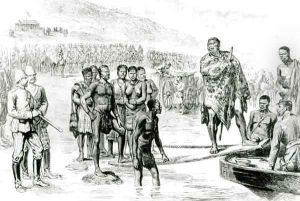Crawford Caffin Paintings
Crawford Caffin, born on October 17, 1875, in Rye, Sussex, England, was an English artist known for his portrait paintings and his involvement in the New English Art Club. His full name was James Crawford Thomason Caffin, and he was the son of Charles Caffin, a well-respected solicitor, and his wife, Fanny Thomason.
Caffin showed an early interest in art, which led him to pursue his passion professionally. He studied at the Slade School of Fine Art in London under the tutelage of Henry Tonks, a prominent British painter and draughtsman. His education at the Slade equipped him with a strong foundation in the fine arts, focusing on drawing and painting from life, which was a fundamental aspect of the school's curriculum.
After completing his studies, Caffin became actively involved with the New English Art Club (NEAC), a group that was founded in 1886 as a progressive alternative to the Royal Academy. The NEAC was known for its embrace of Impressionism and Post-Impressionism, and it played a significant role in introducing these styles to the British art scene. Caffin's association with the NEAC allowed him to exhibit his work alongside some of the most forward-thinking and influential artists of his time.
Caffin's artistic career was marked by his portraiture, characterized by a sensitive and insightful rendering of his subjects. He was particularly adept at capturing the personality and essence of the individuals he painted, which earned him commissions and recognition. His style blended the academic training he received with the more modern influences of his contemporaries, resulting in portraits that were both technically accomplished and stylistically contemporary.
Beyond portraiture, Caffin also explored other genres, including landscape and still life. Throughout his career, he participated in numerous exhibitions, both solo and group shows, and his work was well received by critics and collectors alike.
Sadly, Crawford Caffin's life and career were cut short when he passed away on February 14, 1934, at the age of 58. Despite his relatively early death, Caffin left behind a legacy of work that continues to be appreciated for its contribution to the British art scene during a time of significant stylistic transition. His paintings remain a testament to his skill as an artist and his ability to capture the spirit of his era through the medium of portraiture.
